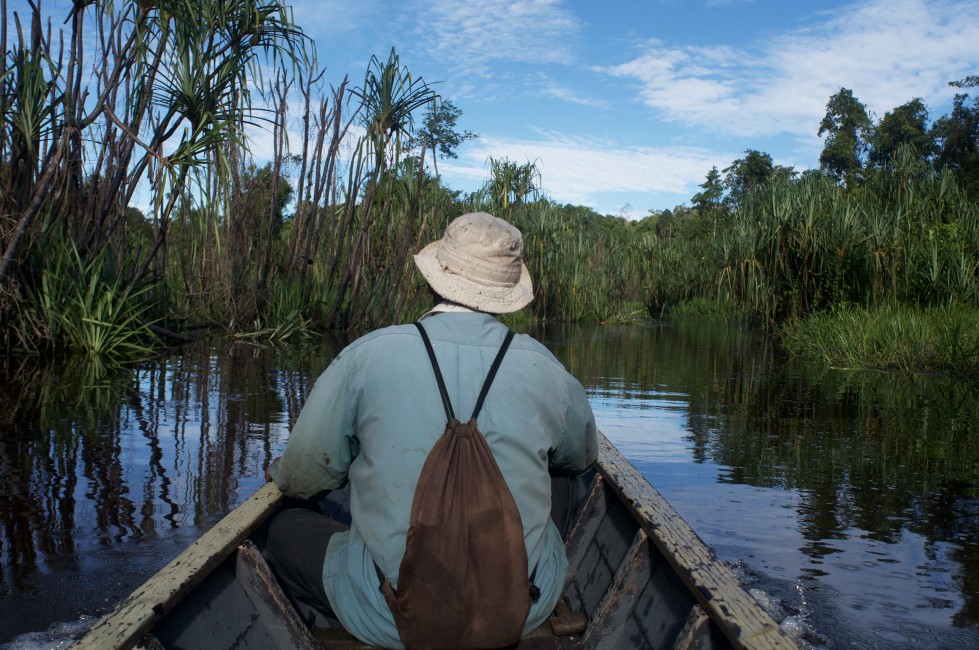
August 18, 2017
The Rich Orangutan Histories
- as seen by -
 Melvin Gumal
Melvin Gumal
Part 1
Every year, the International Orangutan Day is celebrated on August 19. Events are held globally to raise awareness of the plight of this great ape in Asia–one that is restricted only to the islands of Borneo and Sumatra.
In the mid-1950s, the world finally realized that orangutan populations were plummeting. Various activities were conducted to determine the existing wild orangutan populations then, and this included field surveys by Gaun anak Sureng and Barbara Harrisson (Sarawak Museum) in 1959-1960 and George Schaller (University of Wisconsin, fieldwork funded by New York Zoological Society–now the Wildlife Conservation Society) in 1960-1961. Both groups conducted field surveys in the Simunjan-Sebuyau-Sedilu peatswamp landscape (above) visited by the collectors before the turn of the 19th century.
Historically and globally, the Simunjan-Sebuyau-Sedilu peatswamp landscape has an extremely rich biological significance. It was a site visited by world-renowned biological specimen collectors between the 1840s to early 1900s. This was also the period when natural history consisted of removing wild animals from their natural habitats to zoos and museums, for exhibitions as well as for educating urban populations. Among the more famous collectors who removed Sarawak’s orangutans from the wild then were Sarawak’s White Rajah, James Brooke (five animals collected by 1840, as reported in 1866); Odoardo Beccari (24 animals collected by 1865, as reported in 1904); Alfred Wallace (17 animals collected by 1855 as reported in 1869) and William Hornaday (43 animals collected by 1878 as reported in 1885). The most famous of these was probably Alfred Wallace, who was one of the pioneers of the theory of evolution together with Charles Darwin.
This landscape also saw Sarawak’s second attempt at releasing orangutans into the wild, with the first attempt conducted by Barbara Harrisson at Bako National between 1962-1965, where three young orangutans (Arthur, Cynthia and George) were released, studied, and then brought back to the wildlife centers as it was uncertain as to whether they could adapt to the wild. The second attempt was carried out by Sarawak Forest Department’s National Parks and Wildlife Office in 1978 when three orangutans (Banggan, Bulat/Bullet, and Pantu) were released at Sebuyau. Of these, Banggan died while the other two were taken back to Kuching as they were found to be unable to fend for themselves on their own. One of these two, Bullet, became the most well-known orangutan in the Forest Department’s rehabilitation program in Semenggoh until the late 1990s, when he passed away.
EDITOR’S NOTE: Read Part 2 of The Rich Orangutan Histories on August 19.
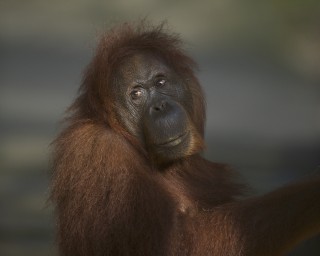
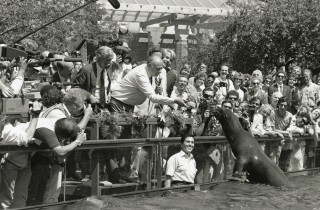
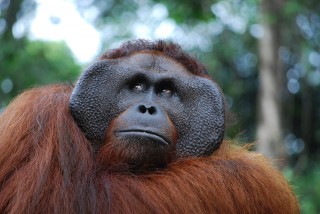
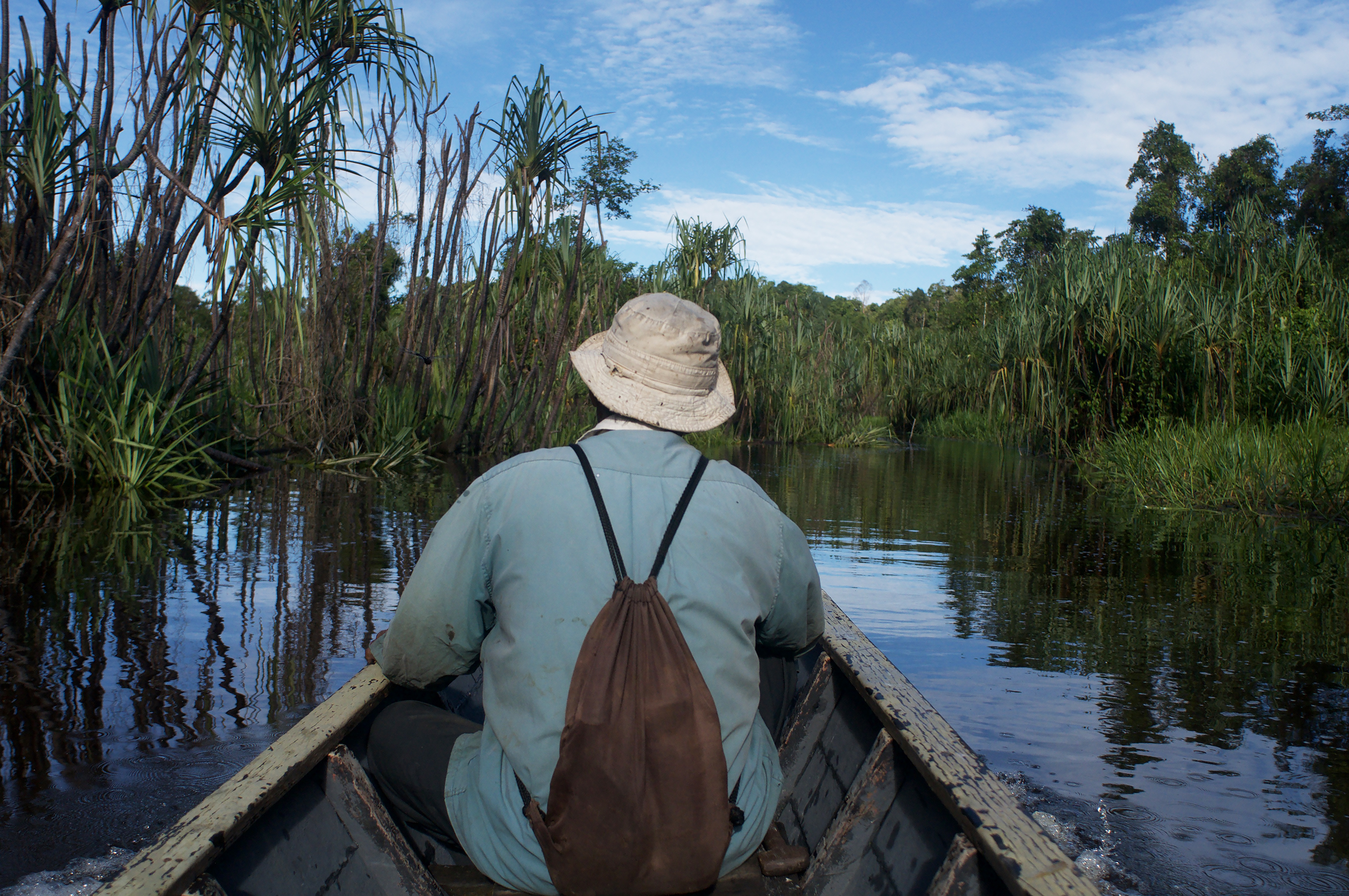
Leave a Comment